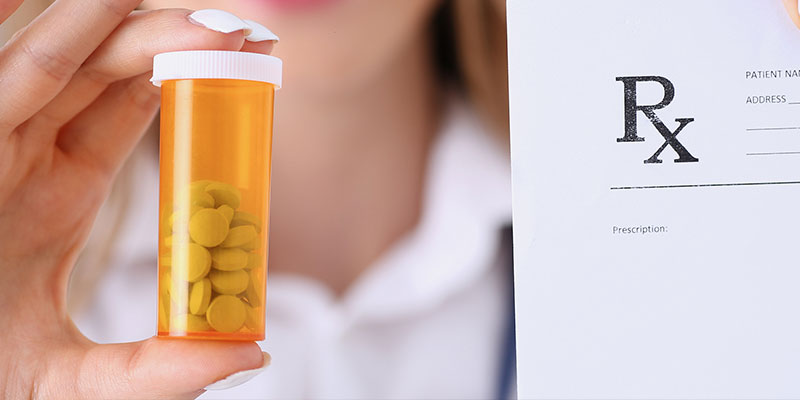Despite how common prescription drugs have become in our culture, these drugs can be more dangerous than you might think, especially when they’re abused in order to achieve a high.
One of the biggest contributors to prescription drugs being used illicitly is the fact that many times patients don’t feel like they’re actually abusing the drugs at all.
Maybe they take an extra pill every other day to help relieve their chronic pain before a road trip. Or maybe they have a big meeting coming up and need a little extra help calming their nerves.
And beyond it all, they have an actual prescription that says they can take this medication legally. After all, it’s not like they’re smoking crack or shooting up, right?
While it’s true, many of these substances are in fact legal to take, that doesn’t mean that they can any less easily become dangerous substances of abuse. In fact, some prescription drugs are actually stronger than street drugs many times over.
For example, Fentanyl (a legal prescription opioid) is 25 to 50 times more potent than heroin according to the Drug Enforcement Administration.
Legality and safety, then, don’t necessarily go hand-in-hand.


